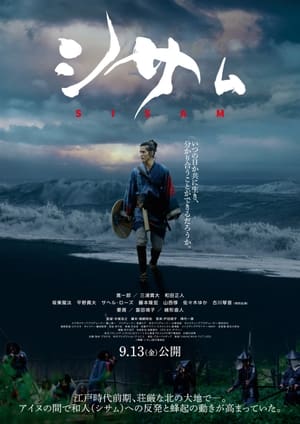

Chironnup Kamuy Iomante(2021)
In 1986, for the first time in 75 years, the "Chironnup Kamuy Iomante (the sending off of the spirit of the fox)" was held at Bihoro Pass, in Hokkaido. According to the Ainu's traditional beliefs, animals are "gods" called "Kamuy" who live in the "land of gods" ("Kamuimosiri"), but sometimes they come to the "land of humans" ("Ainumosiri"), to offer their meat and furs as gifts. The Ainu take care of them, and they eventually hold an "Iomante (spirit sending)". In this ceremony, people offer prayers, sing songs, and dance, and send the animal back to the "land of the gods" with food and souvenirs.
Movie: Chironnup Kamuy Iomante

チロンヌㇷ゚カムイ イオマンテ
HomePage
Overview
In 1986, for the first time in 75 years, the "Chironnup Kamuy Iomante (the sending off of the spirit of the fox)" was held at Bihoro Pass, in Hokkaido. According to the Ainu's traditional beliefs, animals are "gods" called "Kamuy" who live in the "land of gods" ("Kamuimosiri"), but sometimes they come to the "land of humans" ("Ainumosiri"), to offer their meat and furs as gifts. The Ainu take care of them, and they eventually hold an "Iomante (spirit sending)". In this ceremony, people offer prayers, sing songs, and dance, and send the animal back to the "land of the gods" with food and souvenirs.
Release Date
2021-04-30
Average
0
Rating:
0.0 startsTagline
Genres
Languages:
日本語Keywords
Similar Movies
 0.0
0.0Ainu Puri(ja)
Shigeki, one of the Ainu people of northern Japan, follows the traditions of his ancestors and teaches his son Motoki about their heritage. But how can old customs be revived after centuries of suppression?
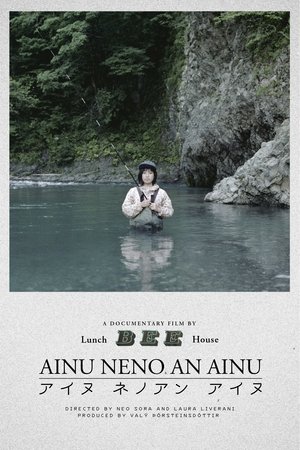 0.0
0.0Ainu Neno An Ainu(ja)
This documentary started as part of a photography project about the indigenous Ainu population in northern Japan, portraying people from tightly knit communities. They feel deeply connected by their culture and tradition. With gorgeous pictures, the directors explore how different generations of Ainu reflect on their identity after centuries of oppression.
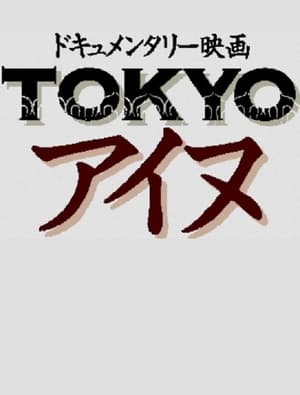 0.0
0.0Tokyo Ainu(ja)
TOKYO Ainu features the Ainu, an indigenous people of Japan, living in Greater Tokyo (Tokyo and its surrounding areas), who are and actively in promoting their traditional culture in a metropolitan environment away from their traditional homeland, Hokkaido. Shedding a common assumption that all Ainu live in Hokkaido, the film captures the feelings, thoughts and aspirations of Ainu people that who try to follow the Ainu way no matter where they live.
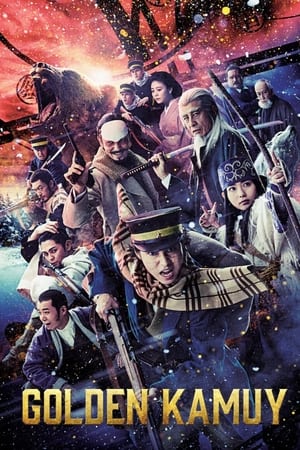 6.8
6.8Golden Kamuy(ja)
On the Hokkaido frontier, a war veteran and Ainu girl race against misfits and military renegades to find treasure mapped out on tattooed outlaws.
 0.0
0.0Rira no hana wasureji(ja)
In the 30th year, Nirasaki Den'emon established the Nirasaki Hokkaido Development Company with investment from Sonoi to build railway facilities. However, the endeavor faced criticism for attempting to buy Ainu land at low prices. Tokyo Nippo reporter Toshimasa Matsuzaka, who was actually Nirasaki's son, wants to expose the flawed practices of the company.
 7.2
7.2Ainu Mosir(ja)
Kanto, 14, a descendant of Japan's indigenous Ainu people, decides to visit a hole in the forest — a path to the other side of the world where dead people live, hoping to see his deceased father.
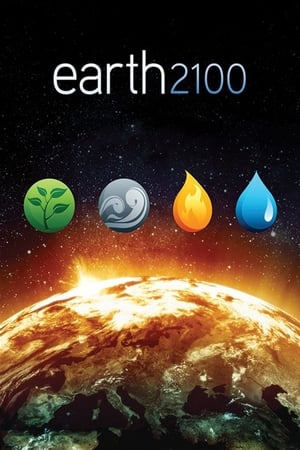 6.3
6.3Earth 2100(en)
Experts say over the next hundred years the "perfect storm" of population growth, resource depletion and climate change could converge with catastrophic results. The scenarios in Earth 2100 are not a prediction of what will happen but rather a warning about what might happen.
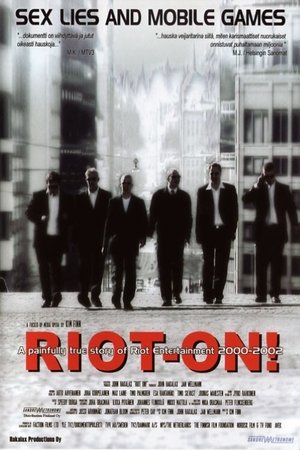 5.1
5.1Riot On!(en)
The year is 2000 and investors are going crazy about a new mobile phone company called Riot Entertainment. Many high profile companies, like Nokia, invest millions on this unknown firm. Two years later, when all the money has been spent and the company is bankrupt, the fun is over. What happened?
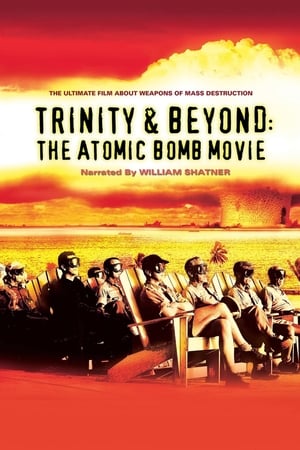 7.2
7.2Trinity and Beyond: The Atomic Bomb Movie(en)
"Trinity and Beyond" is an unsettling yet visually fascinating documentary presenting the history of nuclear weapons development and testing between 1945-1963. Narrated by William Shatner and featuring an original score performed by the Moscow Symphony Orchestra, this award-winning documentary reveals previously unreleased and classified government footage from several countries.
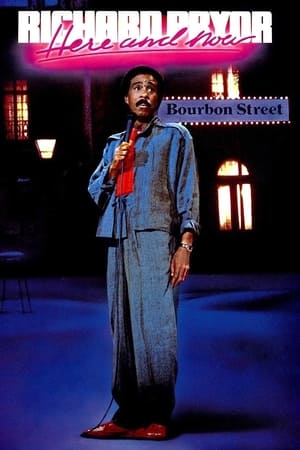 6.6
6.6Richard Pryor: Here and Now(en)
One of comedian Richard Pryor's later stand-up performances. As foul-mouthed as ever, Pryor touches on most of the same topics as in his previous live shows.
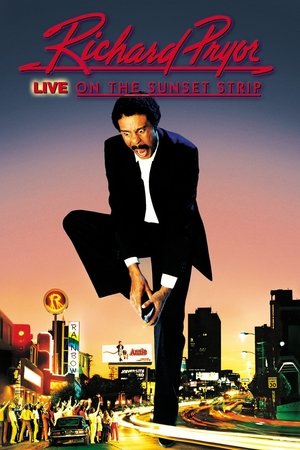 7.3
7.3Richard Pryor: Live on the Sunset Strip(en)
Richard Pryor's stand-up act includes his frank discussion about his freebasing addiction, as well as the infamous night on June 9, 1980 that he caught on fire.
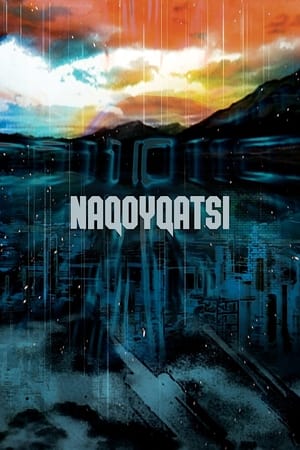 6.1
6.1Naqoyqatsi(en)
A visual montage portrait of our contemporary world dominated by globalized technology and violence.
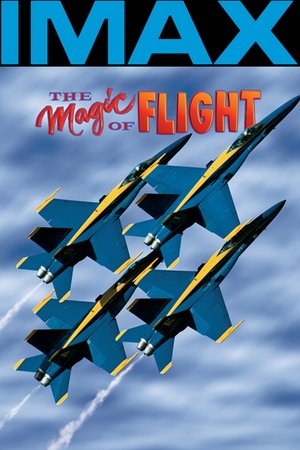 6.7
6.7The Magic of Flight(en)
Take a technological thrill ride The Magic of Flight takes you on a technological thrill ride faster, higher and wider than modern science or even your imagination! Relive the first flight of the Wright Brothers, then soar with the Blue Angels as they defy the laws of gravity. Narrated by Tom Selleck.
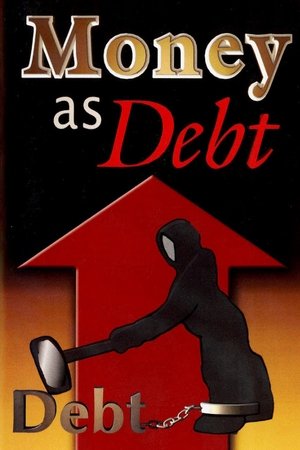 7.3
7.3Money as Debt(en)
Paul Grignon's 47-minute animated presentation of "Money as Debt" tells in very simple and effective graphic terms what money is and how it is being created
The Lady is Not for Turning: An Unauthorized Story on Margaret Thatcher(en)
Nicknamed the "Iron Lady," Margaret Thatcher served as the prime minister of England from 1979 to 1990. The daughter of a local businessman, she was educated at the local grammar school. Her family operated a grocery store and they all lived in an apartment above the store. In her early years Thatcher was introduced to conservative politics by her father who was a member of the townʼs council.
Art as a Weapon(en)
Street art, creativity and revolution collide in this beautifully shot film about art’s ability to create change. The story opens on the politically charged Thailand/Burma border at the first school teaching street art as a form of non-violent struggle. The film follows two young girls (Romi & Yi-Yi) who have escaped 50 years of civil war in Burma to pursue an arts education in Thailand. Under the threat of imprisonment and torture, the girls use spray paint and stencils to create images in public spaces to let people know the truth behind Burma's transition toward "artificial democracy." Eighty-two hundred miles away, artist Shepard Fairey is painting a 30’ mural of a Burmese monk for the same reasons and in support of the students' struggle in Burma. As these stories are inter-cut, the film connects these seemingly unrelated characters around the concept of using art as a weapon for change.
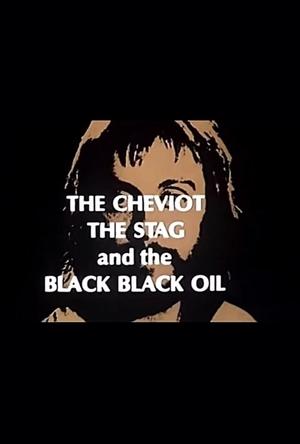 0.0
0.0The Cheviot, the Stag and the Black, Black Oil(en)
In their songs, comedy and exuberant music, a travelling theatre company give a fiercely polemic account of Scottish history, from the aftermath of Culloden to the oil boom. Their production before a live audience is intercut with filmed reconstructions of the Highland Clearances and the Victorian obsession with hunting stags.
